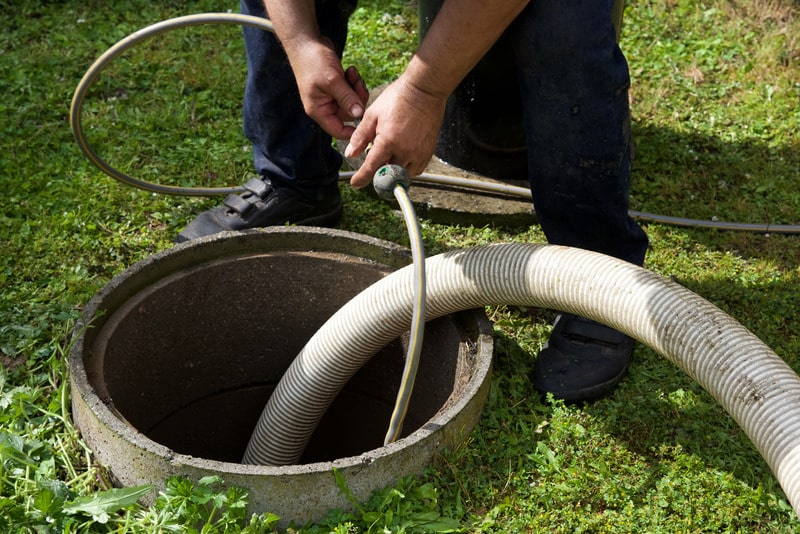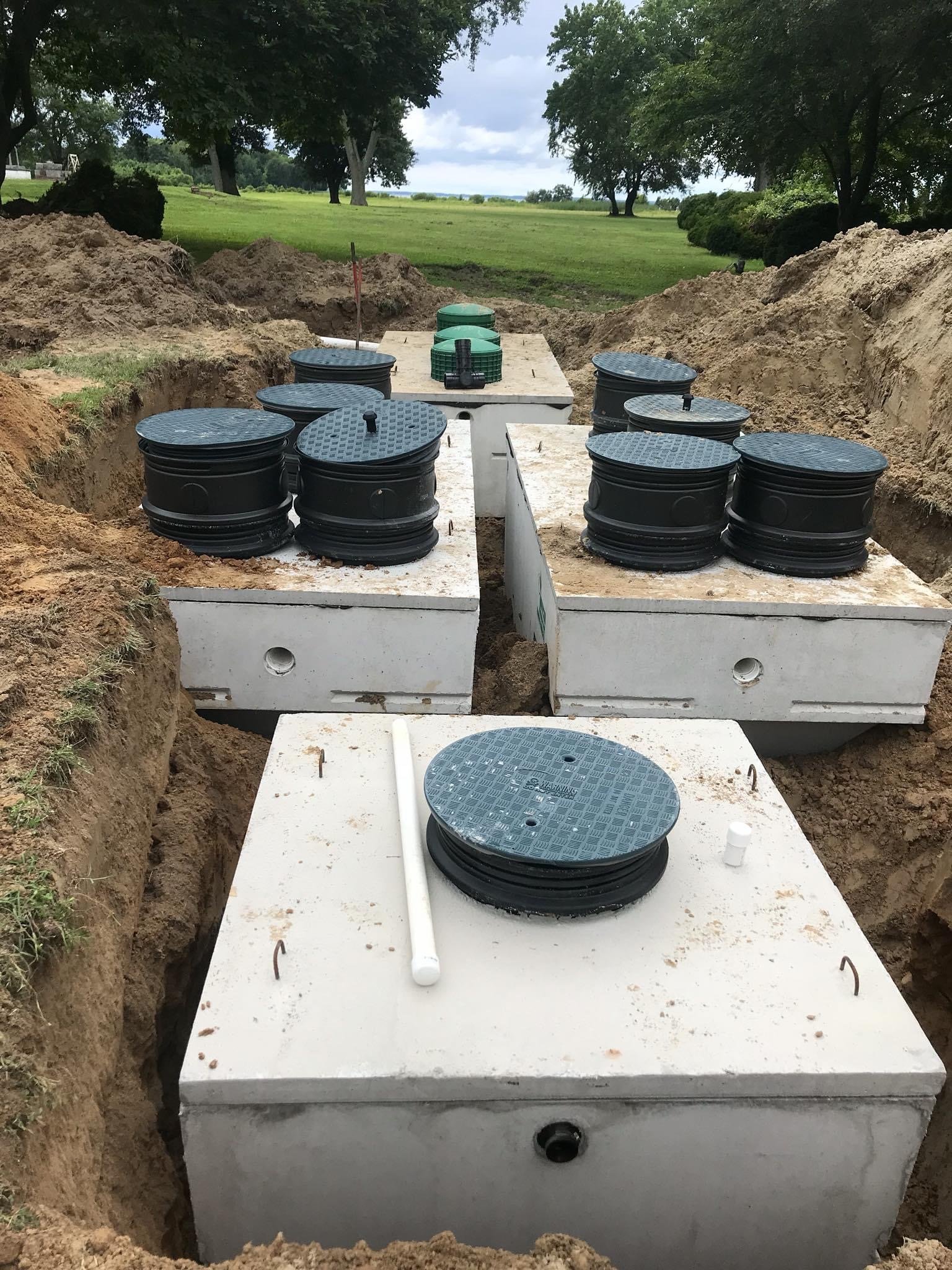The 10-Second Trick For Stillwell Septic And Grading
The 10-Second Trick For Stillwell Septic And Grading
Blog Article
The Main Principles Of Stillwell Septic And Grading
Table of ContentsSome Known Details About Stillwell Septic And Grading Stillwell Septic And Grading Can Be Fun For AnyoneMore About Stillwell Septic And GradingThe Best Strategy To Use For Stillwell Septic And GradingThe Single Strategy To Use For Stillwell Septic And GradingSome Known Incorrect Statements About Stillwell Septic And Grading
A leaky commode can lose hundreds of gallons of water a day. Take bathrooms with a partially-filled tub and do not leave the tap running when doing other jobs. Wash only full loads of dishes and laundry.
The smart Trick of Stillwell Septic And Grading That Nobody is Discussing
Avoid melting heaps of fallen leaves or branches over the drainfield, as the warmth can harm the plastic pipelines below. Limit the addition of topsoil or garden compost to no greater than a couple of inches over the drainfield. Septic Tank Repairs. A good rule of thumb for landscaping over drainfields is to make use of shallow-rooted plants that do not need added topsoil to grow
Turf is the very best cover. Avoid trees, bushes, and water-loving plants with deep origins. Yards, blended wildflowers, and ground covers with shallow roots are excellent choices. Plant trees and bushes at the very least 30 feet far from your septic tank and drainfield to keep roots from entering and damaging or clogging the drainfield pipes.
To learn more please check out the Landscaping Your Drainfield page. A septic tank failure causes untreated sewer to be launched and transferred to where it ought to not be. This may trigger sewer ahead to the surface area of the ground around the tank or the drainfield or to support in pipes in the building.
Little Known Questions About Stillwell Septic And Grading.
The person who falls in obtains out without severe injury. Yet a youngster's unfortunate fatality is a reminder to check your septic system for harmed or missing covers. Proprietors of septic tanks are in charge of ensuring the systems are risk-free and feature correctly, including having a safe cover on the tanks
Routinely inspect the problem of the covers for hazards or issues. Maintain the lids safe and secure by repairing or changing all damaged or missing out on parts. Usage screws, screws, or other locks to safeguard the lids and avoid simple gain access to. Never drive or park cars in addition to septic tanks- it can damage or remove the cover.
The 5-Minute Rule for Stillwell Septic And Grading
Make sure the lids are safeguarded after working on your septic system. Show children that the septic storage tank covers are not to be played on or opened up.
Noting the levels will assist figure out if there is a prospective problem with the system. Then, the storage tank will be entirely pumped down, eliminating all of the fluid and strong waste. As soon as the container is totally pumped, the inlet and outlet tees of the will certainly be checked to ensure they are still undamaged and functioning effectively
The 6-Second Trick For Stillwell Septic And Grading
If you are home at the time of service (completely not needed if that's not your point) you may be asked to purge your toilets to guarantee everything is moving correctly. Once the solution is complete, the septic system will be covered as it was when we arrived! Professionals advise having your system pumped every 3 to 5 years but a number of variables should be taken into consideration when choosing exactly how typically your sewage-disposal tank requires to be serviced.
If you are experiencing odors in your house, offer us a phone call. This might be an indication of an impending septic back up! Possibly. If your septic has not been serviced in greater than 6 months, we would intend to service the septic very first. If the trouble persists, a drain cleaner will certainly after that be sent out to clear the line to the sewage-disposal tank.
See This Report on Stillwell Septic And Grading

If the ponding is concentrated over the he has a good point leach field that could imply a leach line is blocked with Bio-Mat and requires to be repaired or changed. The majority of sewage-disposal tanks have 2 to three covers; one over the inlet side of the septic tank (where the water from your home gets in the storage tank), one in the facility of the storage tank, and one on the electrical outlet side of the storage tank (where the liquid from the tank leaves to your leach area).
Sliced up food particles do not break down in the septic system and can make their way out into your leach field lines causing clogs. Trash disposals, also those significant septic risk-free, are ruled out useful for your septic system. Correct functioning level is where the water degree in your tank meets the electrical outlet tee of the storage tank.
Report this page